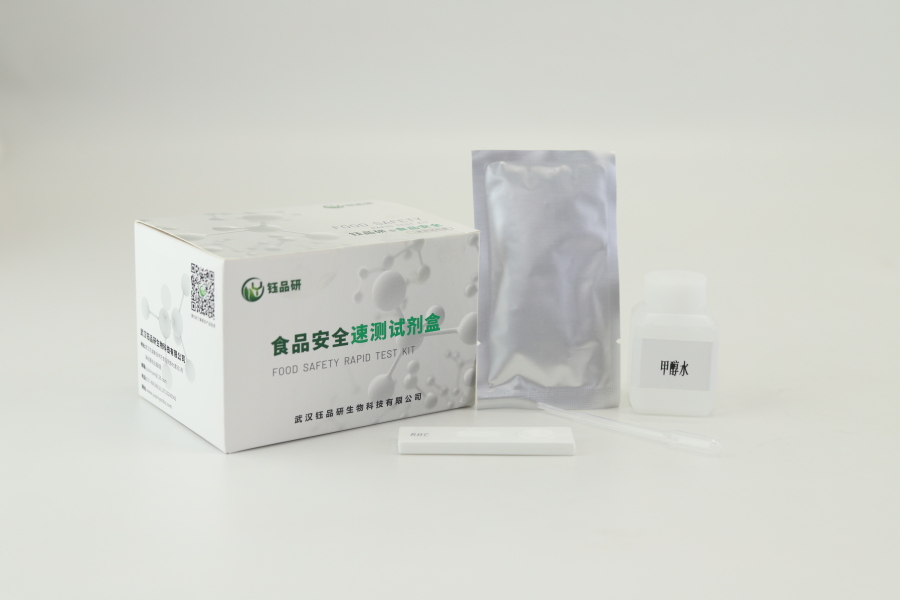
chloramphenicol is an antibiotic that has been widely used in animal husbandry and aquaculture, but it poses a serious threat to human health, such as causing aplastic anemia and gray baby syndrome in newborns. Therefore, many countries and regions have established strict limit standards for chloramphenicol residues in food, and even zero tolerance. In various foods, poultry eggs and aquatic products are the key objects of chloramphenicol residue detection and monitoring, and it is of great significance to detect them accurately and efficiently.
Poultry eggs are an important source of high-quality protein in people's daily diet, but chloramphenicol residues in poultry eggs may be caused by improper use in breeding. Once poultry eggs are contaminated with chloramphenicol, long-term consumption by consumers will cause potential health hazards and affect the food safety chain. Therefore, strengthening the detection of chloramphenicol in poultry eggs can effectively prevent unqualified products from entering the market, ensure the safety of consumers' tables, and maintain the healthy development of the poultry egg industry.
Aquatic products are more susceptible to the risk of chloramphenicol pollution due to the particularity of their growth environment, especially in the case of high-density breeding. If chloramphenicol-containing drugs are used illegally during the breeding process, the drugs will accumulate residues in aquatic products through the water body. After people eat aquatic products containing chloramphenicol residues, their health will be directly threatened. Carrying out chloramphenicol testing on aquatic products can detect problems in time, force the breeding process to standardize drug use, improve the quality and safety of aquatic products, and ensure the healthy diet of consumers
There are currently a variety of detection technologies for chloramphenicol detection needs. Among them, instrumental analysis methods such as high-performance liquid chromatography and gas chromatography-mass spectrometry have high accuracy, but the operation is complicated and time-consuming, which is difficult to meet the needs of rapid screening. And rapid detection methods such as immunocolloid gold chromatography have the advantages of simple operation, rapid detection and low cost, which are very suitable for on-site rapid screening and preliminary screening of a large number of samples. As a professional food safety rapid detection reagent manufacturer, Wuhan Yupinyan Bio is committed to providing the market with efficient, sensitive and convenient chloramphenicol rapid detection reagent products, helping enterprises and regulatory departments to quickly and accurately complete the detection of chloramphenicol residues in poultry eggs and aquatic products, and jointly guarding the food safety defense line.
In today's increasingly important food safety, chloramphenicol testing is an indispensable part of ensuring the quality and safety of poultry eggs and aquatic products. Through scientific and effective testing methods, chloramphenicol residue risks can be detected and controlled in time, ensuring consumer dietary safety and promoting the healthy and sustainable development of related industries. Wuhan Yupinyan Bio will continue to focus on the research and development and innovation of food safety rapid detection technology to provide strong technical support and product guarantee for improving food quality and safety to promote the continuous progress of the food safety testing industry.

